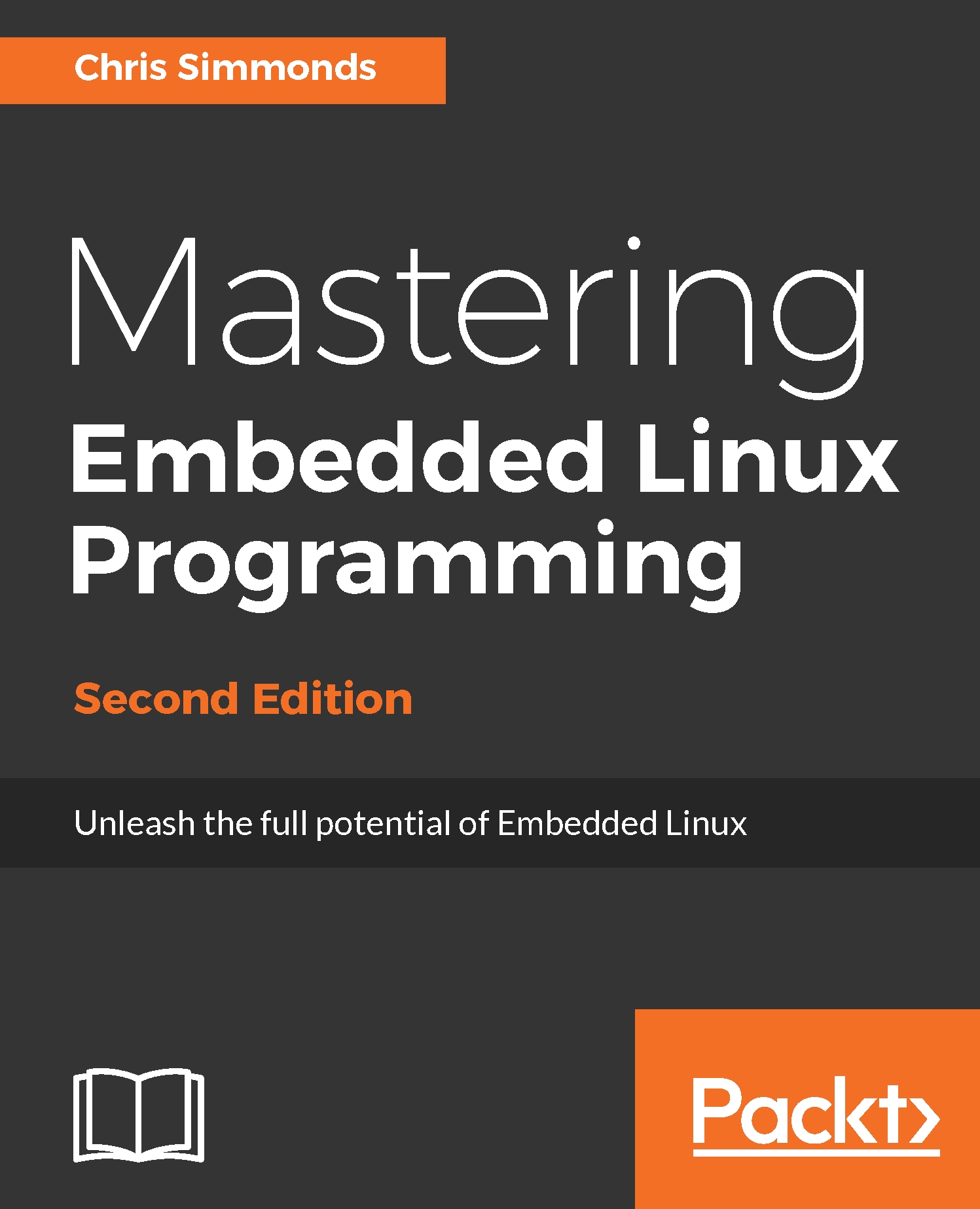Interactive debugging using a source-level debugger, as described in the previous chapter, can give you an insight into the way a program works, but it constrains your view to a small body of code. In this chapter, we will look at the larger picture to see whether the system is performing as intended.
Programmers and system designers are notoriously bad at guessing where bottlenecks are. So if your system has performance issues, it is wise to start by looking at the full system and then work down, using more sophisticated tools as you go. In this chapter, I'll begin with the well-known command top as a means of getting an overview. Often the problem can be localized to a single program, which you can analyze using the Linux profiler, perf. If the problem is not so localized and you want to get a broader picture, perf can do that as well. To diagnose...



